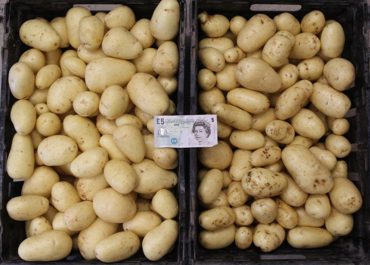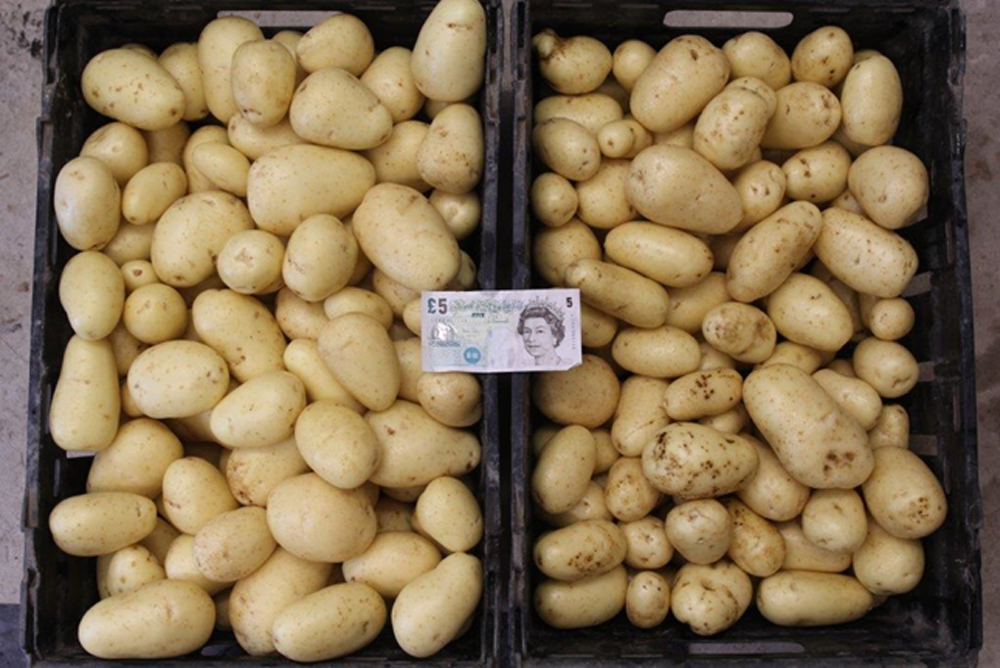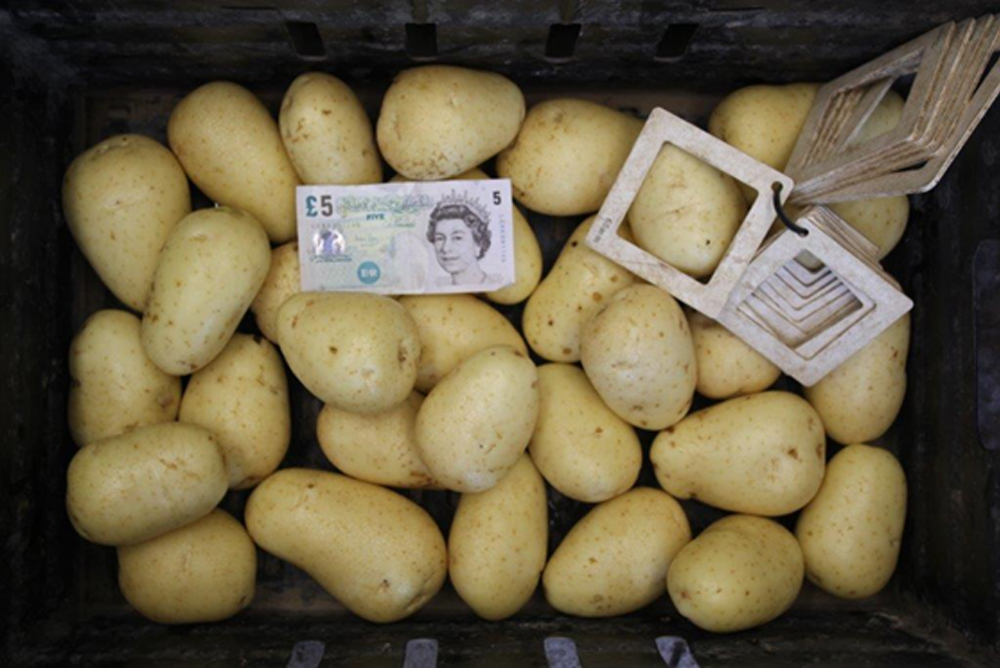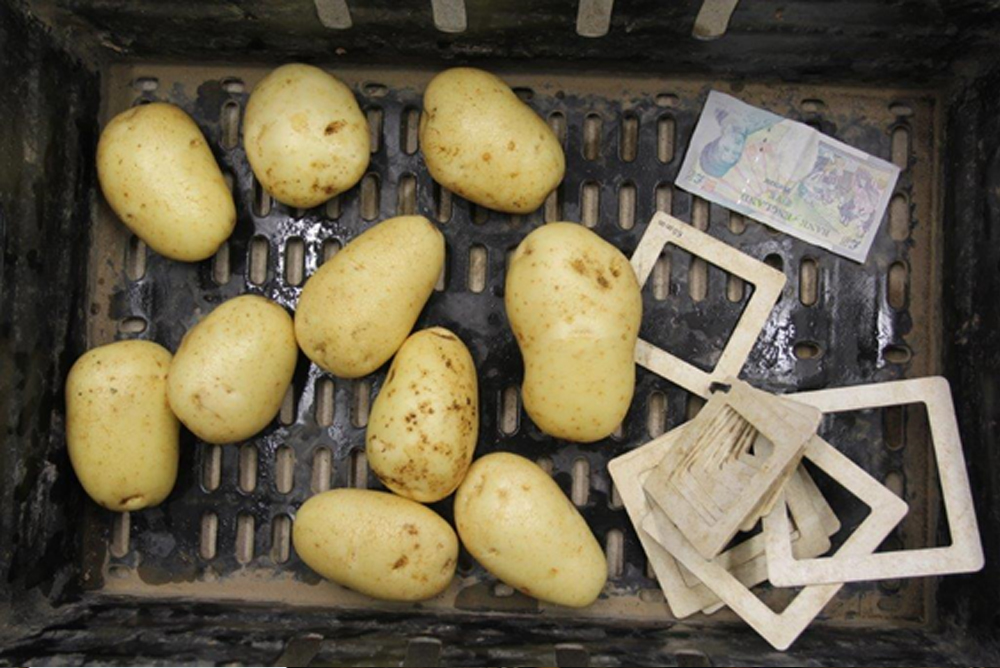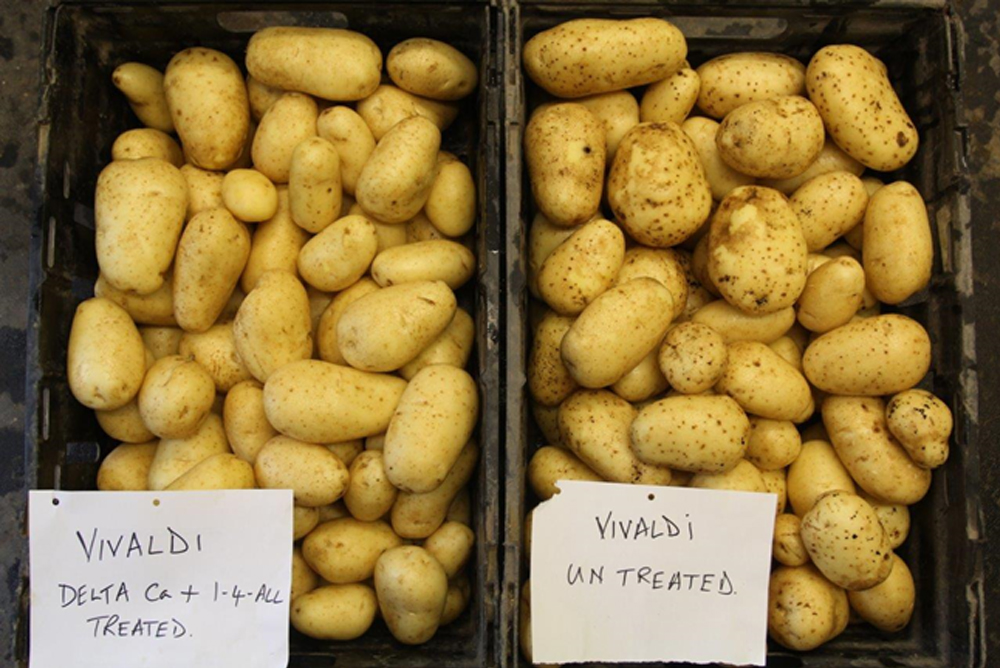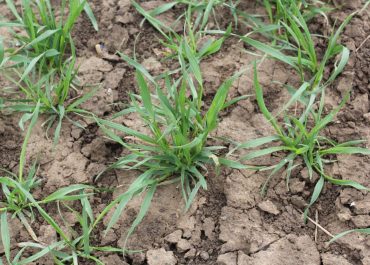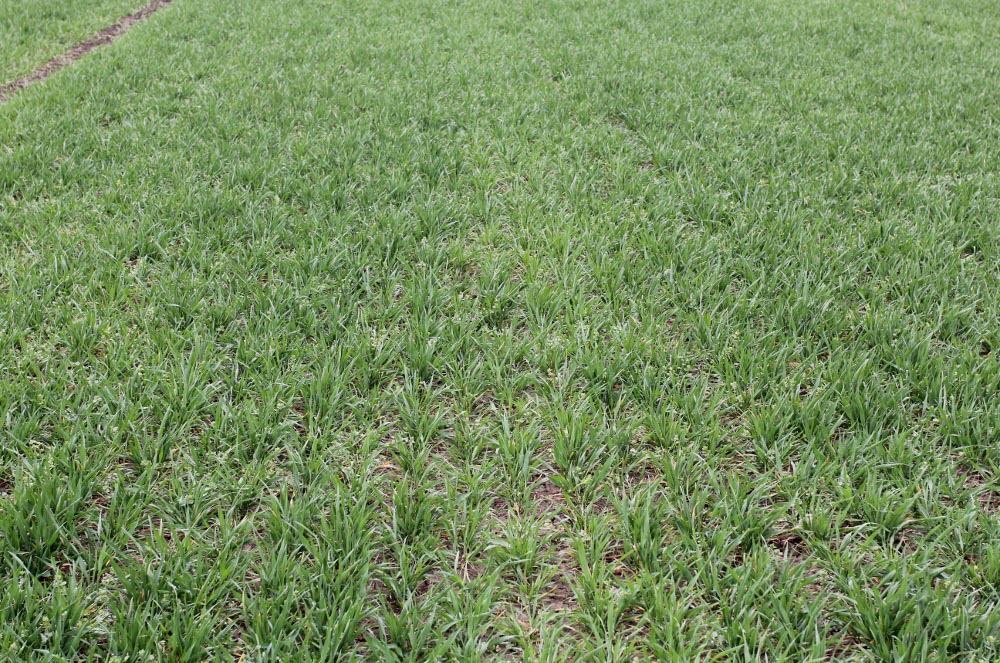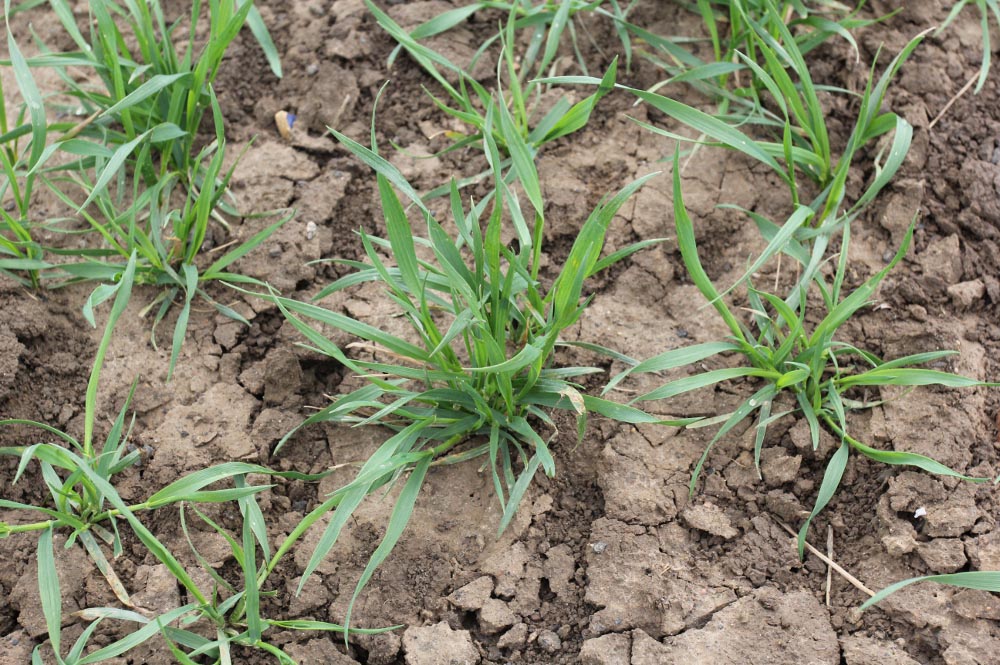Calflux was applied to white cabbage during the growing season at a rate of between 1 and 2 litres per ha, receiving no more than 6 litres/ha during the growth of the crop.
The cabbage was over wintered in cold storage. When the cabbage came out for processing and packing in March/ April the Calflux treated crop suffered less wastage of outer leaves and when packed benefited from longer shelf life.
The crop was also sent away for Tissue analysis and comparisons made between those treated and those untreated (control)
Calflux does not contain these trace elements and the result found here may reflect the fact that the crop is growing healthily and is better able to scavenge from the soil these elements.
White cabbage tissue analysis Control, note iron levels are 362 mg/kg Most elements show here have increased when treated with Calflux, the iron has increased by over 700%
Evidence showed that Calflux treated white cabbage when processed after over wintering had an extended shelf life than those untreated white cabbage.
There was also some evidence that appearance of treated cabbage was better than those untreated, the treated cabbbage was a little greener.
Also untreated cabbage once processed showed slight oxidation (browning) on part of the leaf edge where the treated cabbage did not.

